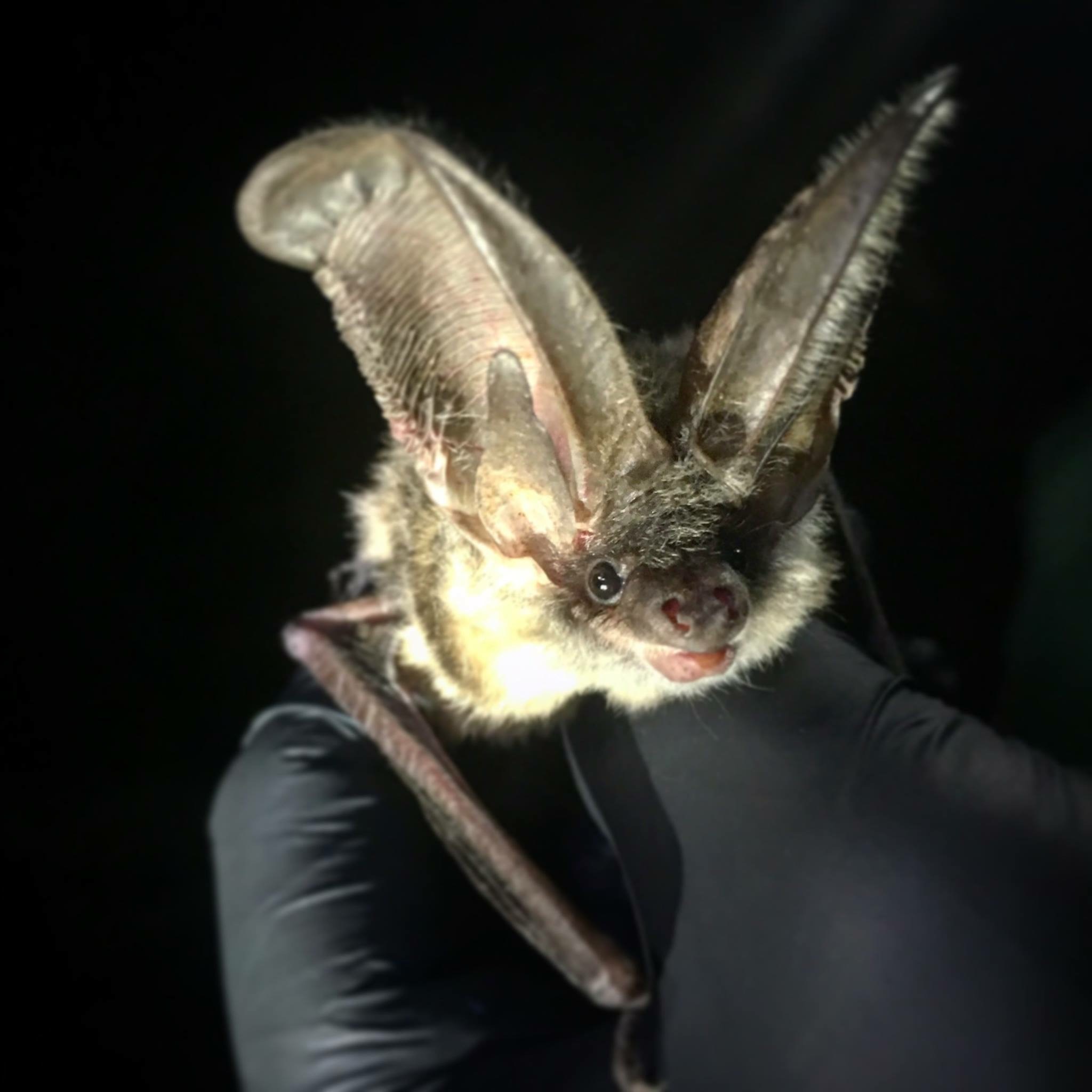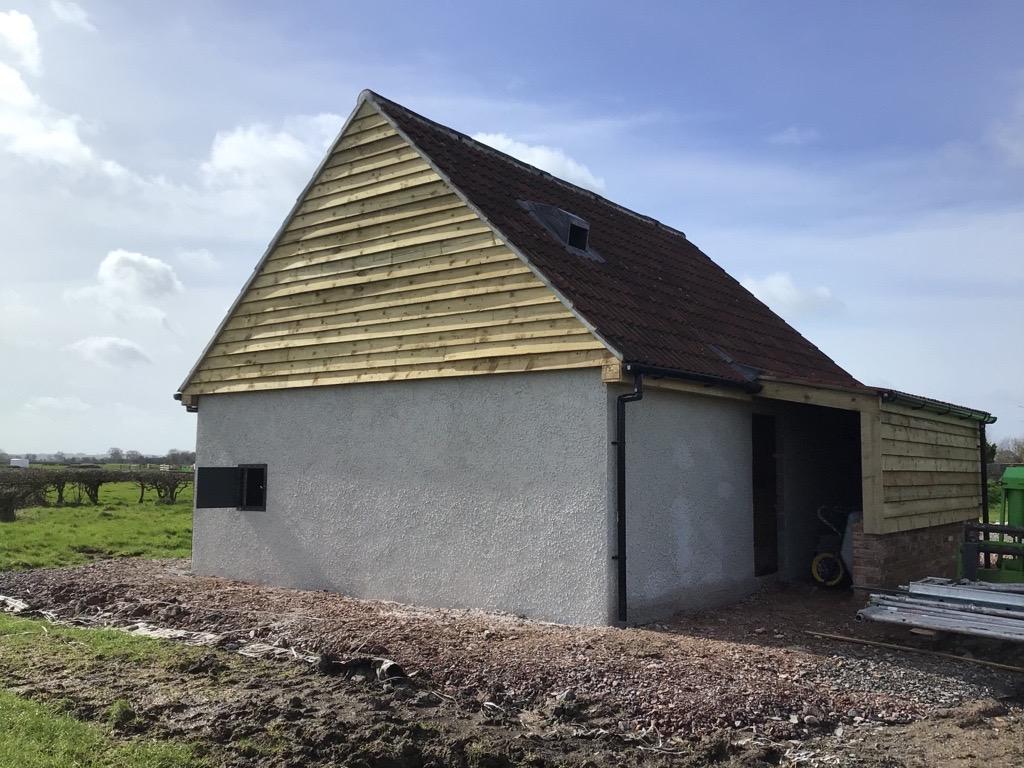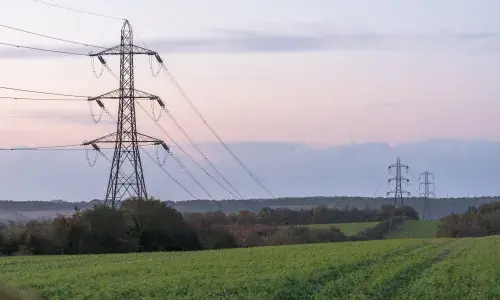
Hinkley Connection Project's bat barn sees first visitors
Bats make themselves at home close to the Hinkley Connection Project route.
The 'luxury' barn is now being used by bats close to the Hinkley Connection Project route, with up to four bat species set to make the site their home.

A new bat barn built by the Hinkley Connection Project has now been used by local bats looking for a place to shelter. The well-designed building should provide a habitat for many bats at the site in the future, including two Annex II species, which need special areas of conservation.
The new bat barn building was built as close as possible to the old site to ensure that the local population could be sustained. Now, almost two years later, at least one species of bat has finally started using their new home. The team are encouraged to see Lesser Horseshoe bat droppings in the cooling tower section of the barn, which is a promising sign because it is still early in the season for bats to be active.
It's hoped that over Spring more bats will move in and the 'luxury' barn, which exceeds DCO and Natural England bat licence requirements, will provide a habitat for up to four species of bats. Pipistrelle, Brown Long Eared, Lesser Horseshoe and Greater Horseshoe species of bats were all detected during pre-construction ecological surveys.
This roost will last for a long time and will hopefully be used by many more bats in the future.
In 2019/20, ecologists found the bats when they were assessing the effects of removing a dilapidated building at Ash Trees Farm, to help with the construction of a new 400kV overhead line. Although bat activity was detected in the building, no species were roosting inside. To help provide an improved area to shelter following National Grid construction work, a new building was designed and built in consultation with contracted ecologists and National Grid, before the removal of the old shed.
The ecology team have also been working hard to plant new trees and hedgerows in the area which, when fully grown, should attract even more bats to the area by providing food and shelter for the animals. The team will be continuing to monitor for activity over the coming months as it gets warmer, and activity is expected to increase.
Victoria Arthur, Environmental Sustainability Advisor at Balfour Beatty, commented: “It's really positive news that one of the bat species previously living in Ash Trees Farm has now taken up residence in the new purpose built barn close by. This roost will last for a long time and will hopefully be used by many more bats in the future. It just shows that if done correctly, bat mitigation and licensing really works to maintain and improve the status of our only nocturnal flying mammals in the UK”.


